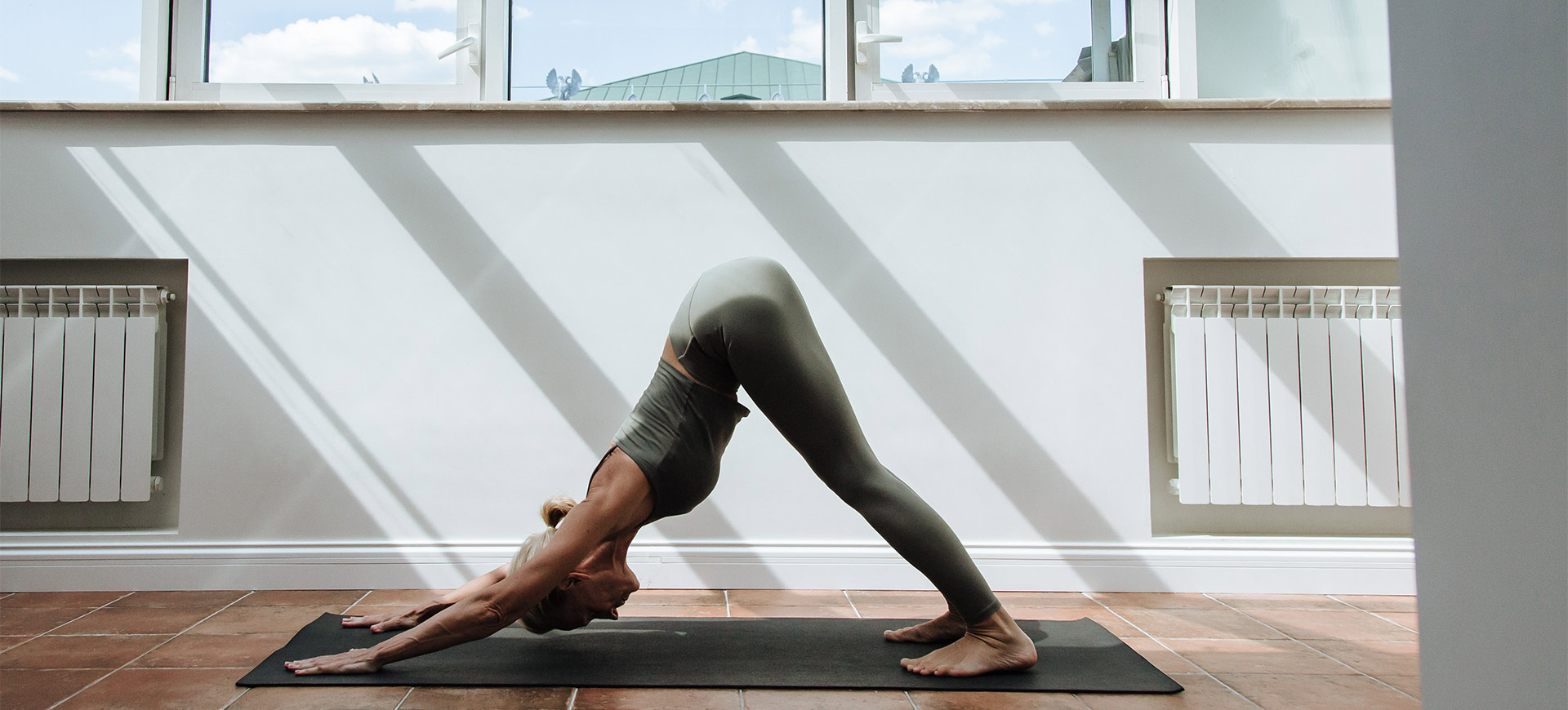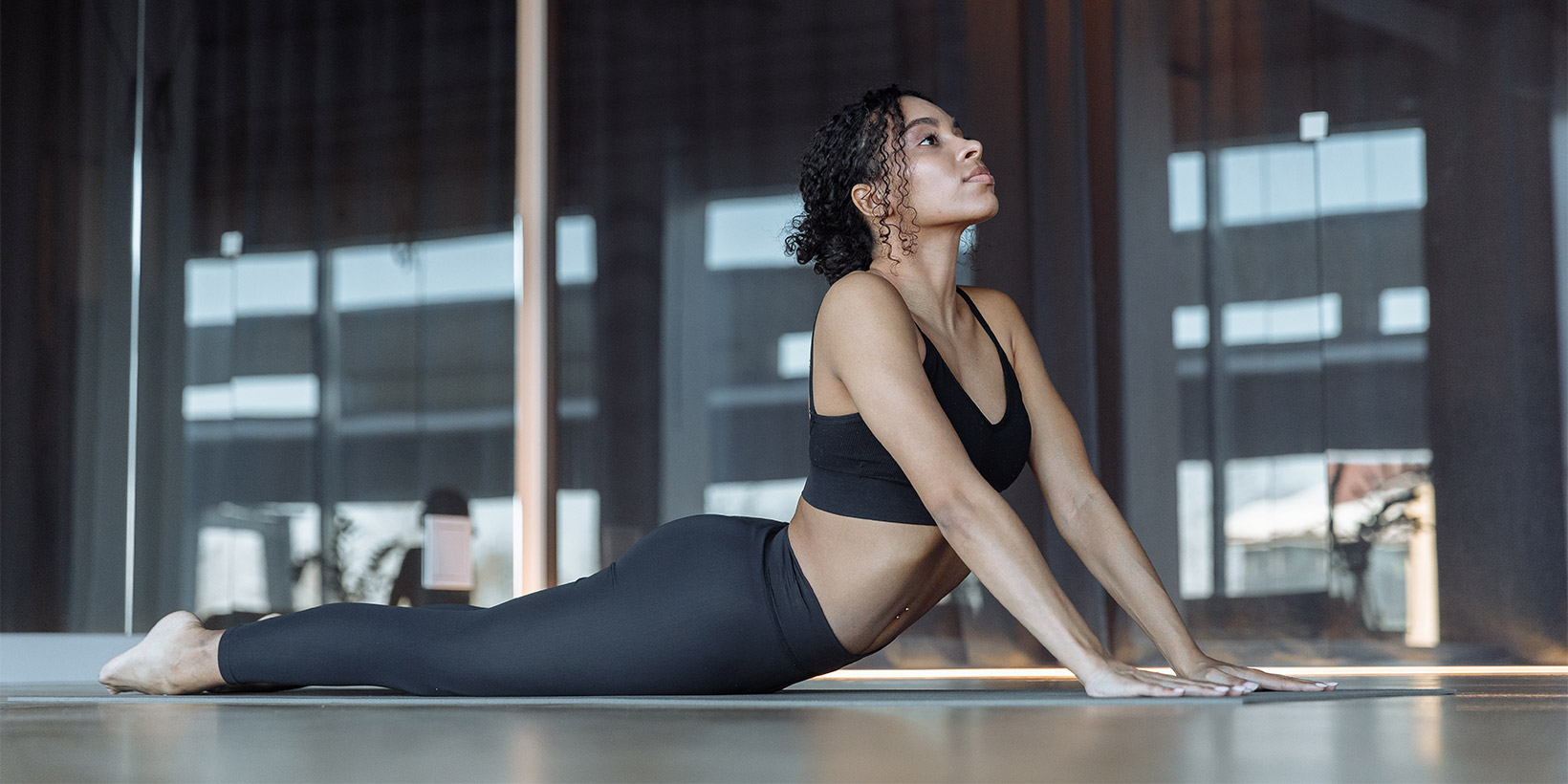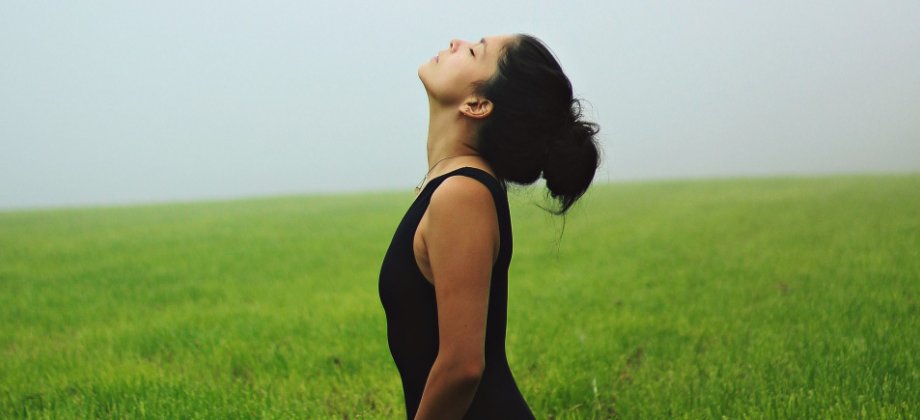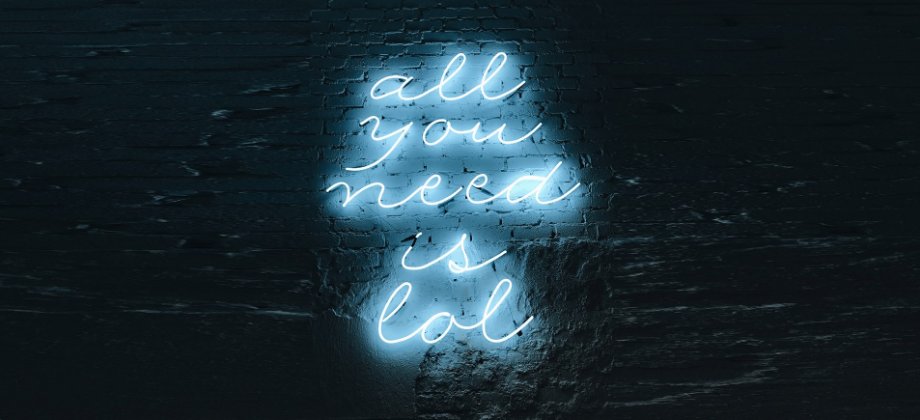
Different Ways to End Class: Alternatives to Traditional Savasana
Known as the most important pose of all, Savasana is part of nearly every yoga class. No matter which branch of yoga or part of the world you practice in, most classes end lying down on our backs. It’s a beautiful way to process class, and to go into deep relaxation.
If you’re a yoga teacher, I probably don’t have to convince you of the power this posture holds. But how often have you had students that don’t feel the same way about Savasana? And what can you do about that? Let’s have a look at different ways to make Savasana accessible to all.
Fight or flight
If you’re a seasoned teacher, this probably sounds familiar. You’re cueing through your last restorative pose, start dimming the lights, and lowering your voice. Just when you’re about to shift to silence, you hear fidgeting. One student jumps up, and starts rolling up his or her mat. You gently try to lock eyes and hope your student can read your mind. Hello? Savasana is part of the practice! But no budge, your student is out.
Without any judgement, try and think back of your first Savasana experience. Chances are you felt awkward, too. Maybe nobody told you about this posture, so it caught you off guard. All of a sudden, you’re lying on your back in a room full of strangers, feeling exposed. No wonder some of our yogis have a fight or flight reaction.
As a teacher, how can we end our classes keeping the attention of each student and including the benefits of Savasana? In this article, I’ll explore a few ideas.
Savasana
First things first, let’s look at why Savasana is so widely used in each class. Also known as Corpse Pose, it is seen by some as the rebirth after practice. With our practice being like life itself; up, down, good and bad, it only makes sense.
Looking at this posture from a scientific point of view, Savasana helps to activate the parasympathetic nervous system. This relaxation response comes with a ton of benefits.
Activating this parasympathetic nervous system will help students to release any tension, preventing them from bringing this tension into their day.
Which makes sense, right? During practice we put ourselves in postures that may be completely new to our bodies. We tense up our muscles, create heat. All of this creates a certain energy that has to be released again. Cue; Savasana!
As you can see, including Savasana in your practice is important. But here is the thing. It doesn’t necessarily have to be traditional Savasana. Lying on our backs in silence can be a wonderful experience, but as with everything in life; it may very well not be for everyone.
Apart from helping students find relaxation by listening to your soothing voice, it can offer them a deeper understanding of yoga.
Change the posture
We’re all born in different bodies, so it’s a fact that not every pose works for everybody. These are some alternative postures you can cue instead of Savasana. Give your yogis the option after cueing traditional Savasana, or pick one that suits your class.
Lying face down
From a natural perspective, we feel most vulnerable when our organs are exposed. So, removing this out of the equation can help create a more secure space. Simply flipping the posture and having students lie on their belly can do the trick. Have your students create a pillow with their hands to rest their forehead on.
Lying on your side
Similar to lying face down, lying on your side is a great way to feel more secure. From a traditional point of view, lying down on the right side will offer a more relaxing state, whereas lying down on the left side will create more energetic energy. Although most teachers will opt for the calming effects of lying on the right side, bear in mind if you’re teaching a morning class, for example, lying on the left side can offer benefits to students starting their day.
Filling in the silence
This is a controversial topic, as Savasana is traditionally practiced in silence. It can be, but what if you have a student that, for example, suffers from trauma? I once had a friend that couldn’t bear silence during Savasana, and asked me to fill it in. Here are a few ways to do this.
Guided meditation
A guided meditation can be a wonderful way to drift off into a more relaxed state of mind. If you’re inexperienced in guiding meditations, it’s a good idea to study meditation scripts. You can find them online or in yoga apps. Reading through them or listening to them will help you find inspiration.
Body scan
Our amazing bodies have all these lines of tension going through us. Guiding your students to take the time to check in with each inch of their bodies, can be a very calming experience. And one where students can get out of their head, and into their bodies.
Citation
The readings of yoga have so many beautiful anecdotes. If you’re into literature and the history of yoga, you’ll find some absolute gems that you can cite while your students are in Savasana. Apart from helping students find relaxation by listening to your soothing voice, it can offer them a deeper understanding of yoga. Win-win!

Assisting with release
Lastly, as a teacher it is always a good idea to take the lead and ease your students into Savasana. Do as you do with other poses that you hold for a longer period of time. Help your students prepare and set themselves up for what’s to come. Always bear in mind that Savasana’s purpose is to just be, so be mindful with your words.
Scent
Our scent is a powerful sense. Ever smelled something that instantly gave you a flashback? There are various essential oils that promote deep relaxation, so they can come in handy to lull your students into a deep Savasana. Beware that you’re experienced with types of oils and the amount you should use, though. Less is definitely more here, as you don’t want to overpower the situation with a mish mash of scents. One of my teachers has weighted eye masks that she infuses with just the slightest hint of lavender essential oil, which let me tell you, is absolutely divine. For more information about using scent in your classes read our other blog here!
Props
I’m a big fan of using props and giving my yogis the option to use props throughout class, so why not during Savasana? A personal favorite of mine is placing blocks on the palms of the hands. We unconsciously clamp our hands into fists if we’re stressed, so this helps to keep them opened up. Another one I personally enjoy is being covered in a blanket. Laying down can feel like you’re exposed, and a blanket can offer that layer of security. Always make sure to ask your students, or better yet, verbally offer the options so that they can decide for themselves.
Explanatory Savasana
What if you’d approach Savasana from a teacher-student point of view? Instead of only cueing what students should do with their limbs and breath, there is so much more to say. You could explain the benefits, or simply what will happen next. Giving your students this piece of information may help them ease into Savasana and stay there for just a little longer.
I hope this article has inspired you to alternate the ending of your class. As you can see, there are numerous ways to switch things up slightly when it comes to Savasana at the end of your class. The most important thing is to pick something that resonates with you as a teacher, and is beneficial to your students.






